The Promise of Neuralink: How Elon Musk Plans to Upgrade Human Brains
Neuralink's vision of upgrading human brains and expanding our capabilities opens up a realm of possibilities for healthcare, communication, and human intelligence.
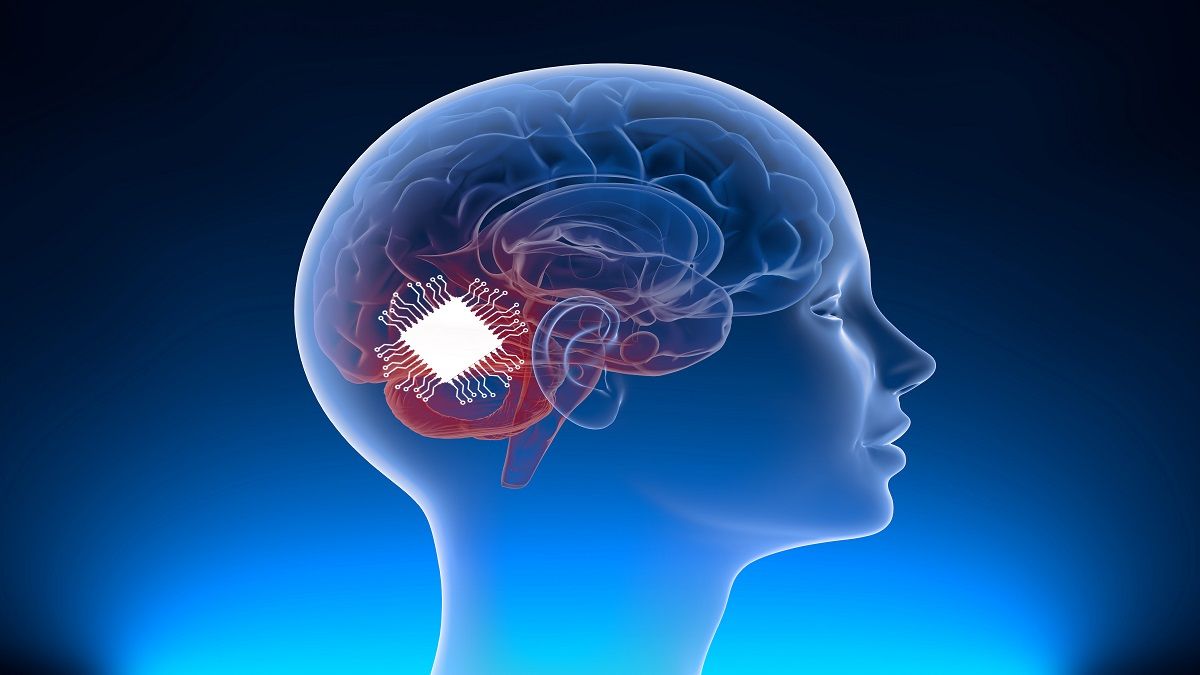
Introduction:
In a world of rapidly advancing technologies, Elon Musk's Neuralink stands out as a groundbreaking venture aiming to revolutionize the way we interact with computers and enhance human brain capabilities. Neuralink represents a bold vision for the future, with the potential to bridge the gap between humans and artificial intelligence. In this blog, we will delve into the promise of Neuralink and explore how Elon Musk plans to upgrade human brains.
Concept and Technology Behind Elon Musk's Neuralink:
Neuralink is a neurotechnology company founded by entrepreneur Elon Musk with the goal of developing brain-computer interfaces (BCIs) that can connect the human brain to external devices. The company aims to create a seamless connection between the human mind and digital technology by implanting ultra-thin, flexible electrodes into the brain. These electrodes, finer than a human hair, are designed to record and stimulate neural activity, enabling bidirectional communication between the brain and computers.
The primary objective of Neuralink is to enhance human cognitive abilities, overcome neurological disorders, and merge humans with artificial intelligence (AI). By interfacing with the brain's neural networks, Neuralink's BMIs have the potential to restore lost functionalities in individuals with paralysis, epilepsy, or neurodegenerative diseases. Moreover, Neuralink envisions a future where humans can directly access information from the internet, communicate telepathically, or even acquire new skills and knowledge through AI.
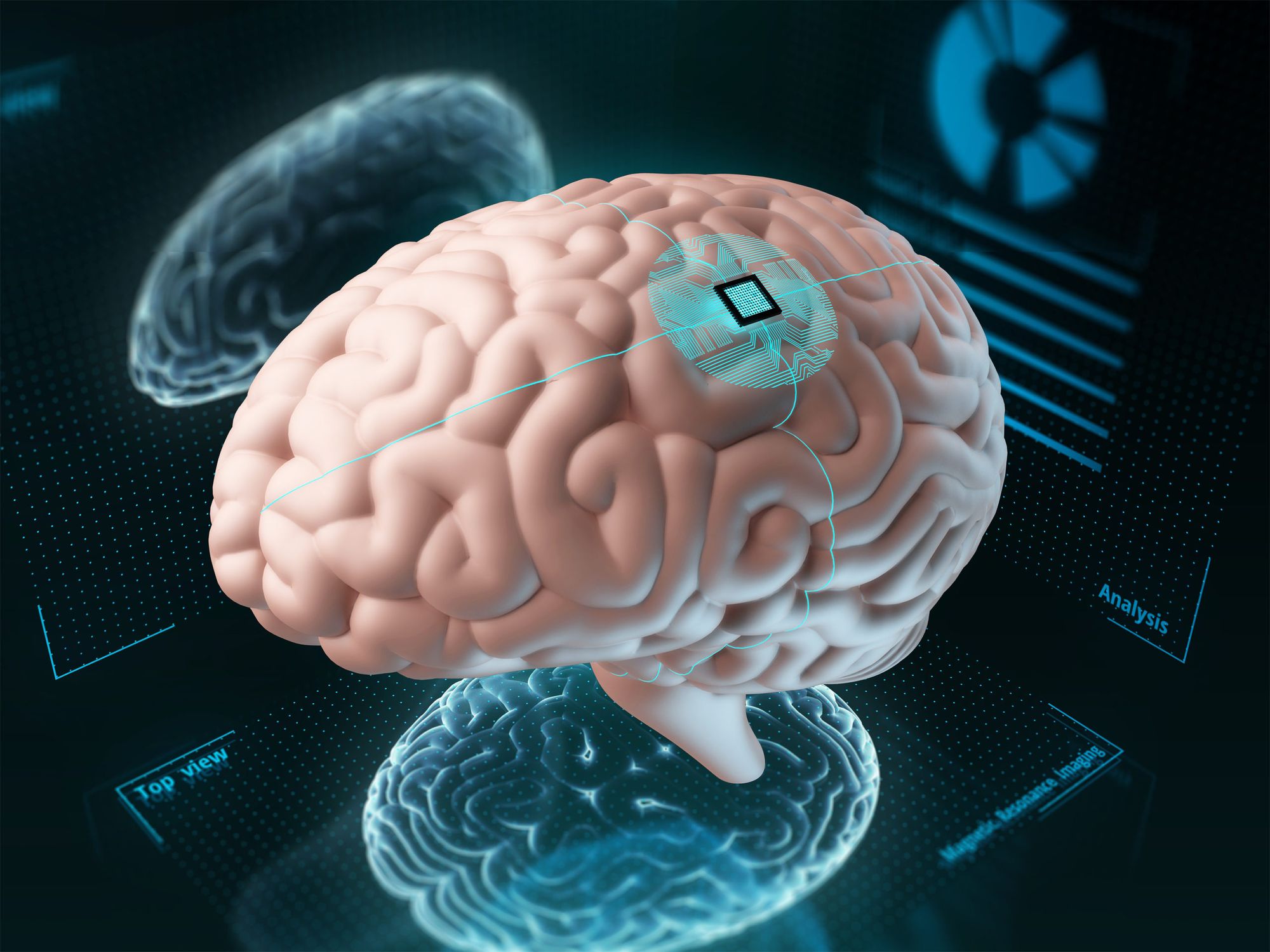
While the technology is still in its early stages, Neuralink has made significant progress in developing implantable devices and improving their biocompatibility. Elon Musk and the Neuralink team has prioritized safety, transparency, and ethical considerations in their work, recognizing the importance of regulatory frameworks and responsible development.
Neuralink's vision of upgrading human brains and expanding our capabilities through BCIs opens up a realm of possibilities for healthcare, communication, and human intelligence. However, there are substantial challenges to overcome, including understanding the complexities of the human brain, ensuring long-term safety, addressing privacy concerns, and navigating ethical implications.
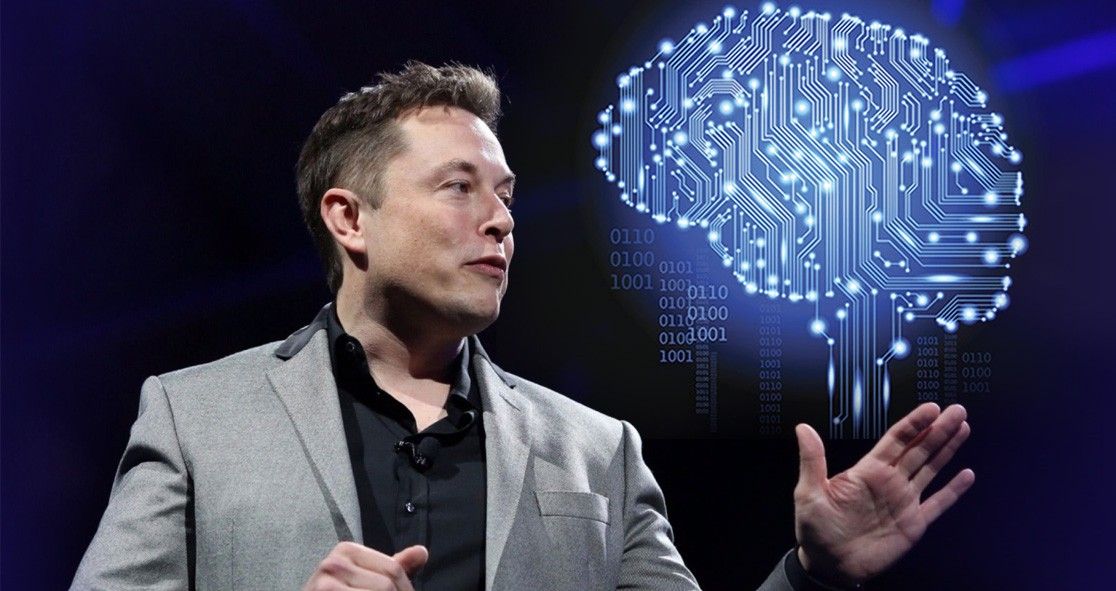
Elon Musk’s Neuralink Surgical Robot:
The Neuralink surgical robot is a crucial component of the Neuralink system, designed to facilitate the implantation of the company's brain-computer interfaces (BCIs) into the human brain. Developed by Neuralink, the surgical robot serves as a precise and automated tool to perform the intricate procedure with high accuracy and minimal invasiveness.
The surgical robot consists of robotic arms equipped with advanced imaging and guidance systems, which assist in navigating and targeting specific regions of the brain. These robotic arms are controlled by a combination of human operators and machine algorithms, ensuring precise positioning and minimizing the risk of errors during the surgery.
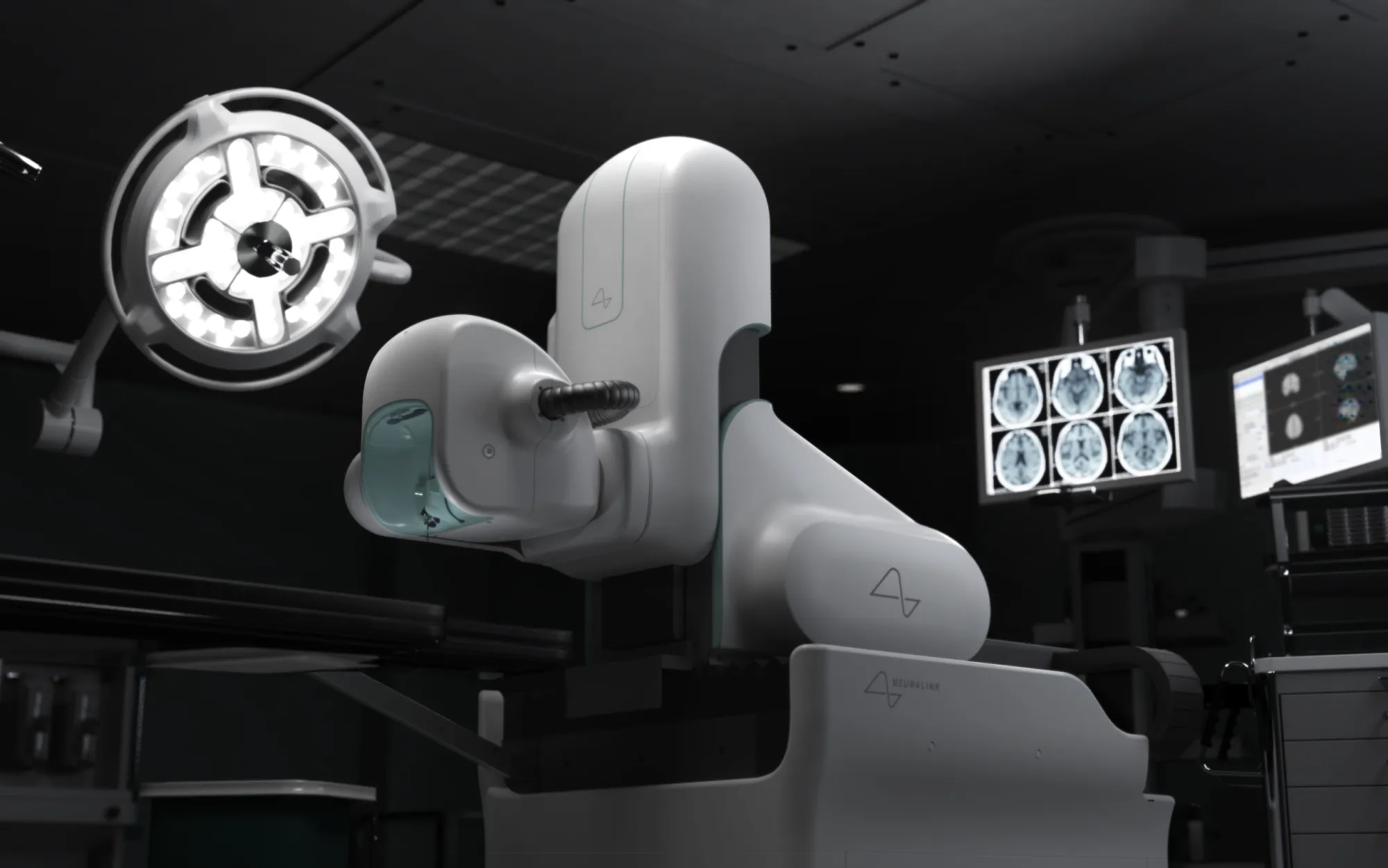
During the implantation procedure, the surgical robot helps to place the ultra-thin, flexible electrodes referred to as "threads" into the brain tissue with extreme precision. The robot aids in identifying optimal insertion points and depths, ensuring the electrodes are placed accurately and safely. By relying on automation and robotics, the surgical robot helps streamline the procedure, reducing the potential for human error and improving the overall success rate of the implantation.
The Neuralink surgical robot aims to make the implantation process faster, safer, and more efficient, ultimately improving patient outcomes. It plays a crucial role in realizing the vision of Neuralink, which is to develop brain-computer interfaces that can seamlessly integrate with the human brain and enable various applications, such as restoring lost functionalities, treating neurological disorders, and enhancing human cognition.
The Vision of Neuralink:
Neuralink's core objective is to develop high-bandwidth brain-machine interfaces (BMIs) that can seamlessly connect the human brain to external devices. By establishing this connection, Musk envisions a world where individuals can augment their cognitive abilities, overcome neurological disorders, and unlock new realms of human potential. The potential applications of Neuralink span a wide range of fields, from healthcare to communication and beyond.
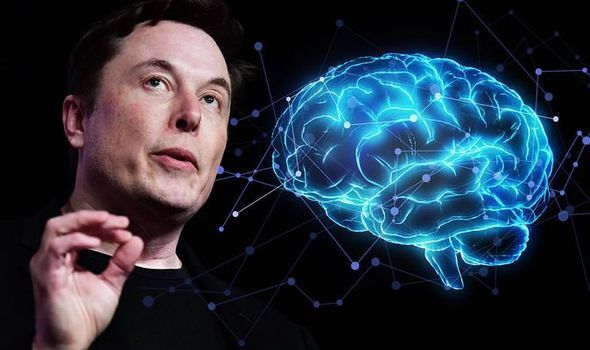
In pursuit of its vision, Neuralink envisions a future where individuals can effortlessly access information, communicate telepathically, and even merge their minds with AI systems. By establishing high-bandwidth connections between the brain and computers, Neuralink aims to enable seamless data transfer and integration, opening up possibilities for enhanced learning, memory augmentation, and accelerated problem-solving. The vision of Neuralink encompasses a profound transformation in how we perceive and harness the power of the human brain, ushering in a new era of human-AI collaboration and unlocking the untapped potential of our cognitive capabilities.
It's Key Objectives:
Enhancing Brain-Computer Interfaces:
One of the key aspects of Neuralink's promise lies in advancing brain-computer interfaces (BCIs) to unprecedented levels. By developing ultra-thin, flexible electrodes that can be implanted into the brain, Neuralink aims to create a seamless connection between the human mind and the digital world. These electrodes, finer than a human hair, are designed to minimize invasiveness and maximize biocompatibility, ensuring long-term safety and reliability.
Overcoming Neurological Disorders:
Neuralink's potential goes far beyond augmenting healthy brains. The technology holds great promise in helping individuals suffering from neurological disorders. By interfacing with the brain's neural networks, Neuralink's BMIs can potentially restore lost functionalities, alleviate symptoms, and enhance the quality of life for those with conditions such as paralysis, epilepsy, or neurodegenerative diseases.
Expanding Human Intelligence:
Imagine a world where we can directly access information from the internet, communicate telepathically, or even upload new skills and knowledge directly into our brains. While this may sound like science fiction, Neuralink aims to turn it into reality. Musk envisions a future where human intelligence is enhanced through direct interactions with artificial intelligence, creating a symbiotic relationship that amplifies our cognitive abilities and expands the boundaries of human knowledge.
Ethical Considerations and Challenges:
As with any emerging technology, Neuralink raises important ethical questions. Privacy, security, consent, and the potential for unequal access are just a few of the concerns that need to be addressed. Elon Musk and the Neuralink team are committed to ensuring transparency and responsible development, emphasizing the importance of ethical frameworks and close collaboration with regulatory bodies to guide the technology's deployment.

While the promise of Neuralink is compelling, significant challenges lie ahead. The complexity of the human brain, regulatory hurdles, and long-term safety are among the key considerations that must be tackled. Developing a comprehensive understanding of the brain's intricacies, refining the implantation procedures, and conducting rigorous testing will be crucial for the technology's successful integration into society.
Neuralink Testing on a Monkey:
Neuralink has conducted testing on monkeys as part of their research into brain-computer interfaces (BCIs). During these experiments, monkeys were implanted with Neuralink's electrode threads, which allowed researchers to record and analyze neural activity directly from their brains. The goal of the testing was to study the functionality and safety of the technology, as well as gain insights into how BCIs can interface with neural circuits. The data collected from these experiments has contributed to the refinement and improvement of Neuralink's technology, paving the way for future advancements in the field of brain-computer interfaces.
Here's the Video:
Elon Musk's Neuralink wins FDA approval for human study of brain implants!
May 25, 2023 Elon Musk's Neuralink received U.S. Food and Drug Administration (FDA) clearance for its first-in-human clinical trial, a critical milestone for the brain-implant startup as it faces U.S. probes over its handling of animal experiments.
The FDA approval "represents an important first step that will one day allow our technology to help many people," Neuralink said in a tweet on Thursday, without disclosing details of the planned study. It added it is not recruiting for the trial yet and said more details would be available soon.
Here's the Tweet:
We are excited to share that we have received the FDA’s approval to launch our first-in-human clinical study!
— Neuralink (@neuralink) May 25, 2023
This is the result of incredible work by the Neuralink team in close collaboration with the FDA and represents an important first step that will one day allow our…
Conclusion:
Neuralink represents an audacious vision to upgrade human brains and reshape our relationship with technology. Elon Musk's ambition to create a high-bandwidth brain-machine interface holds immense promise for transforming healthcare, communication, and human cognition. However, realizing this vision will require collaborative efforts, scientific breakthroughs, and thoughtful consideration of ethical implications. As we embark on this exciting journey, the world eagerly awaits the next chapter in Neuralink's evolution, where the promise of enhanced human potential becomes a tangible reality.





